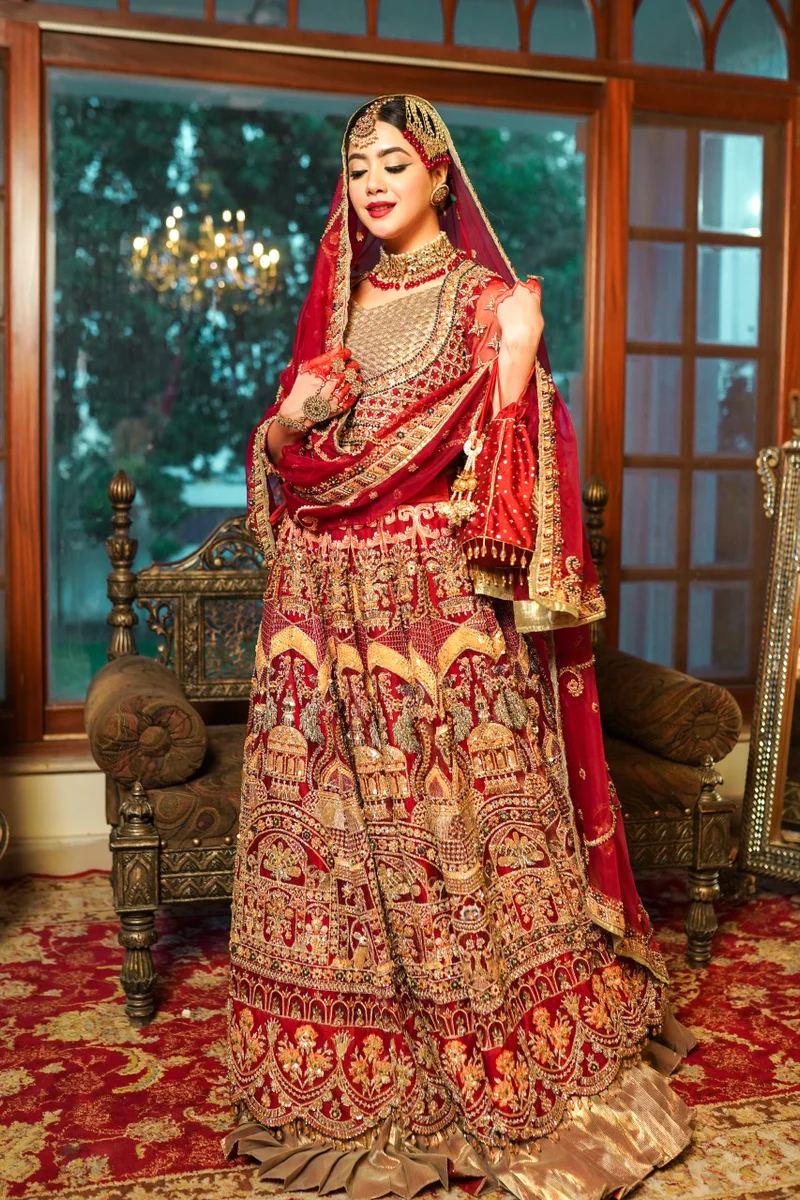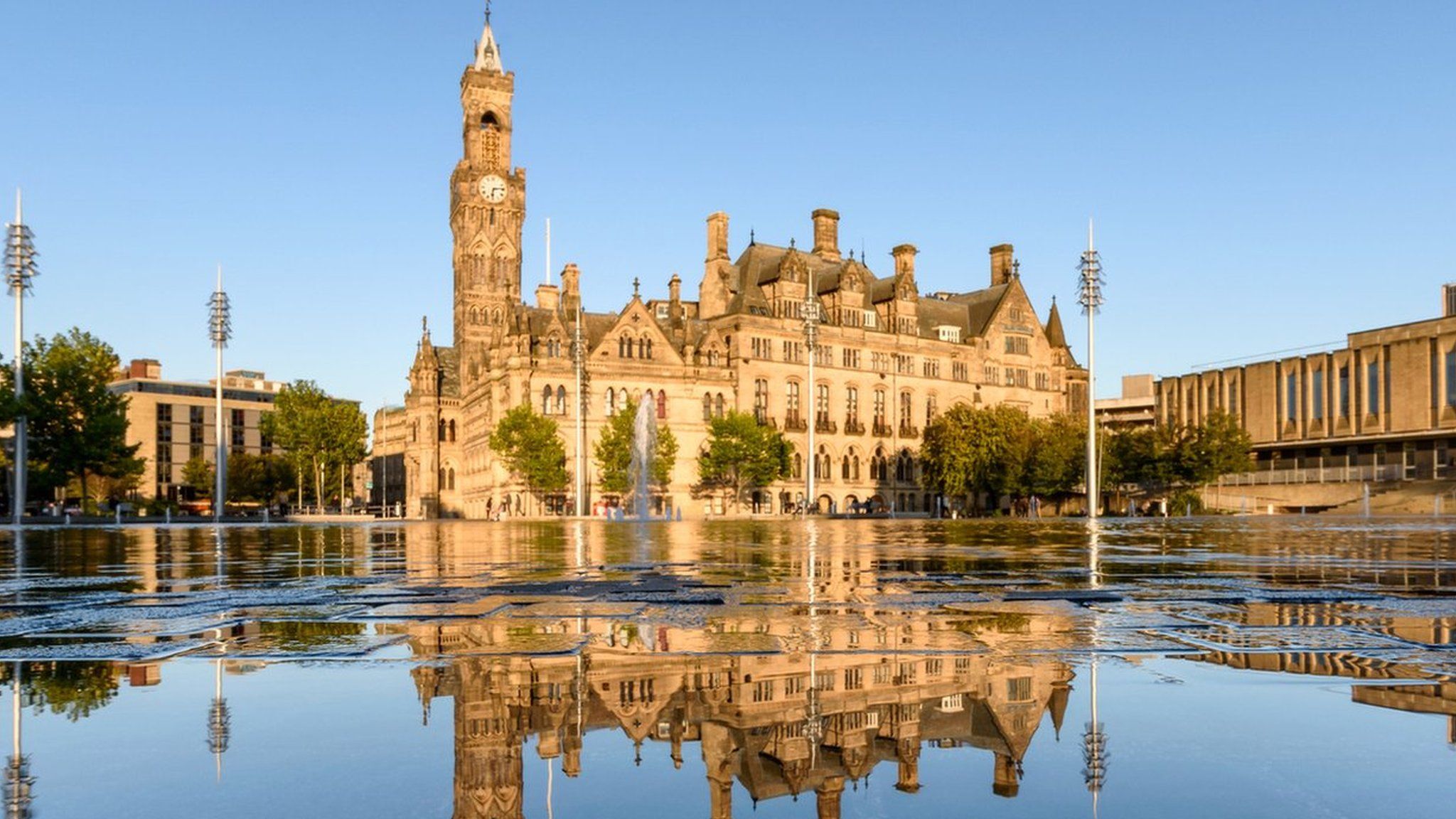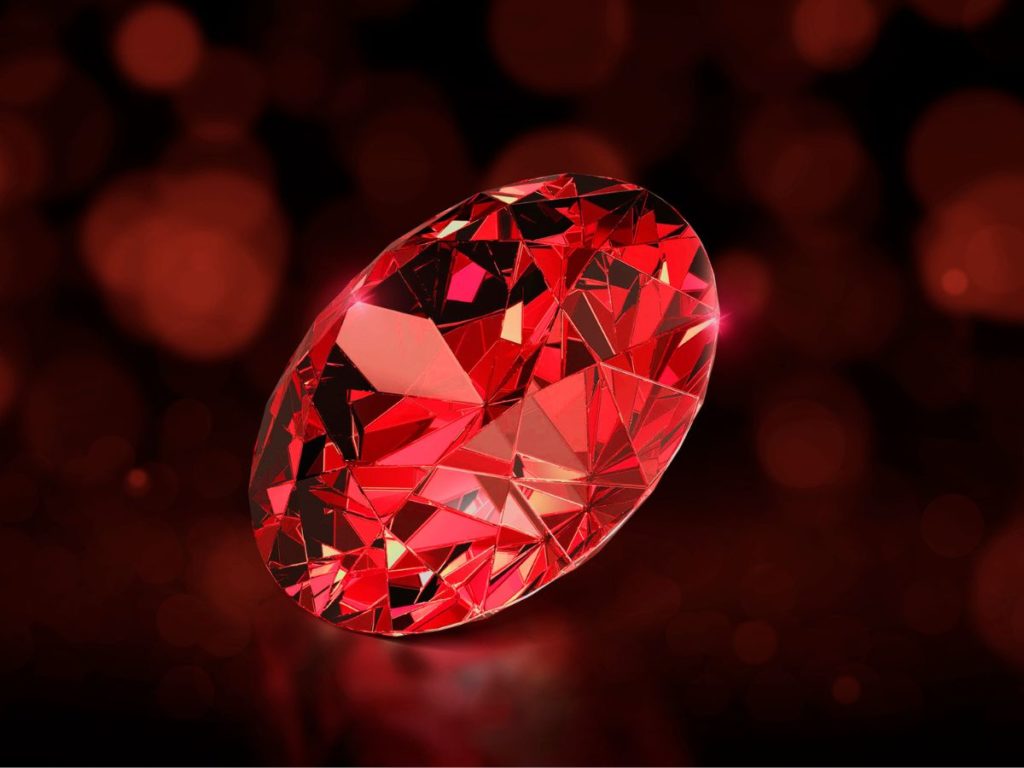Every bride dreams of making a statement on her wedding day. The Pakistani bridal lehenga is perfect for those looking to embrace tradition while exuding grace and style. These stunning garments have captured the hearts of brides around the world with their intricate designs, vibrant colors, and exquisite craftsmanship. In this article, we will delve into the world of Pakistani Bridal Lehenga, exploring their cultural significance, design elements, and where to find the perfect lehenga for your special day.
What is a Pakistani Bridal Lehenga?
A Pakistani bridal lehenga is a traditional bridal outfit worn by women on their wedding day. It consists of a long skirt (lehenga), a blouse (choli), and a dupatta (scarf). The lehenga is usually heavily embellished with intricate embroidery, beadwork, and sequins, making it an actual work of art. Pakistani bridal lehengas are known for their rich colors, luxurious fabrics, and attention to detail.
Cultural Significance of Pakistani Bridal Lehengas
Pakistani bridal lehengas hold immense cultural significance. They symbolize tradition, heritage, and the celebration of love. These exquisite garments reflect the beauty and elegance of Pakistani culture. They are often passed down through generations, becoming cherished family heirlooms. Pakistani bridal lehengas are worn with pride and joy, representing the bride’s connection to her roots and the beginning of a new chapter in her life.
Design Elements of Pakistani Bridal Lehengas
Pakistani bridal lehengas feature various design elements that contribute to their breathtaking beauty. These include:
Intricate Embroidery:
The lehenga is adorned with intricate embroidery, often done by skilled artisans. The embroidery can be delicate threadwork, zardozi (metallic threadwork), or stone embellishments—the motifs used in the embroidery range from traditional paisleys and floral patterns to more contemporary designs.
Beadwork and Sequins:
Beadwork and sequins add a touch of glamour to Pakistani bridal lehengas. These embellishments create a mesmerizing play of light and give the lehenga a radiant look. They often highlight specific areas of the lehenga, such as the waistline or hem.
Dupatta Design:
A Pakistani bridal lehenga’s dupatta is equally important and often intricately designed to complement the lehenga. It may feature matching embroidery and borders or be heavily embellished with sequins and beads. The dupatta is draped over the head or shoulder, adding an ethereal touch to the bride’s overall look.
Choosing the Right Color Palette
The color palette of a Pakistani bridal lehenga plays a vital role in enhancing the bride’s beauty and setting the mood for the wedding. Some popular color choices include:
Traditional Reds and Maroons:
Red and maroon are considered auspicious colors for weddings in Pakistani culture. These bold and vibrant hues symbolize love, passion, and prosperity. Brides who want a traditional look often opt for lehengas in shades of red and maroon.
Regal Golds and Ivory:
Gold and ivory are associated with royalty and elegance. These colors add a touch of sophistication to the bridal ensemble. Lehengas in gold or ivory tones are perfect for brides with a regal and timeless look.
Pastels and Soft Tones:
In recent years, pastel-colored lehengas have gained popularity among modern brides. Soft tones like blush pink, mint green, and powder blue exude a delicate and feminine charm. Pastel lehengas are ideal for brides who want a contemporary and romantic look.
Embroidery Techniques and Patterns
Pakistani bridal lehengas are known for their intricate embroidery. Skilled artisans employ various embroidery techniques and patterns to create stunning designs. Some popular embroidery techniques include:
Zardozi:
Zardozi is a technique that uses metallic threads, usually gold or silver, to create elaborate designs. This technique adds a touch of luxury and grandeur to the lehenga. Zardozi embroidery often features intricate motifs like paisleys, flowers, and vines.
Resham:
Resham embroidery is done using silk threads of different colors. It is known for its fine detailing and smooth finish. Resham embroidery can create beautiful floral patterns, geometric designs, or traditional motifs.
Gota Patti:
Gota Patti is a traditional Rajasthani embroidery technique that involves attaching gold or silver ribbons (gota) onto the Fancy Dresses. This technique creates a three-dimensional effect and adds a unique texture to the lehenga. Gota Patti embroidery is often used to highlight the borders and edges of the lehenga.
Mirror Work:
Mirror work, or shisha embroidery, involves attaching small mirror pieces to the fabric. This technique adds a dazzling and reflective effect to the lehenga. Mirror Work is often combined with other embroidery techniques to create a stunning visual impact.
Fabrics Used in Pakistani Bridal Lehengas
The choice of fabric plays a significant role in a Pakistani bridal lehenga’s overall look and feel. Some commonly used materials include:
Silk:
Silk is a luxurious and versatile fabric that is favored for bridal lehengas. It has a natural sheen and drapes beautifully, enhancing the elegance of the garment. Silk lehengas are often adorned with intricate embroidery and are suitable for traditional and contemporary designs.
Velvet:
Velvet is a rich and plush fabric that adds a sense of regality to bridal lehengas. It has a soft texture and a lustrous appearance. Velvet lehengas are commonly seen in deep, jewel-toned colors and are often embellished with heavy embroidery or zardozi work.
Net:
Net fabric is lightweight and sheer, making it a popular choice for the dupatta of Pakistani bridal lehengas. It adds an ethereal and romantic touch to the overall ensemble. Net dupattas are often embellished with delicate embroidery or sequins to complement the lehenga.
Organza:
Organza is a lightweight, crisp fabric that creates a voluminous, structured look. It is often used for bridal lehengas skirts (lehenga), giving them a graceful and flared silhouette. Organza lehengas are commonly layered and can be paired with contrasting underskirts for added drama.
Popular Styles of Pakistani Bridal Lehengas
Pakistani bridal lehengas come in various styles, each with its unique charm. Some popular types include:
A-Line Lehenga:
The A-line lehenga is a classic style that flares from the waist in the shape of the letter “A.” It is universally flattering and suits most body types. A-line lehengas offer a graceful and balanced look, making them a popular choice among brides.
Mermaid Lehenga:
The mermaid lehenga is fitted to the knees and then flares out dramatically, resembling the shape of a mermaid’s tail. This style accentuates the curves and creates a glamorous and elegant look. Mermaid lehengas are perfect for brides who want to make a bold statement.
Flared Lehenga:
The flared lehenga features a voluminous skirt with multiple layers of fabric. It creates a princess-like effect and adds a touch of grandeur to the bridal ensemble. Flared lehengas are often paired with fitted blouses and heavily embroidered dupattas.
Paneled Lehenga:
The paneled lehenga consists of multiple horizontal panels stitched together to create a tiered effect. Each meeting can feature a different design, fabric, or color, adding visual interest to the lehenga. Paneled lehengas offer a contemporary and dynamic look.
Conclusion
In conclusion, a Pakistani bridal lehenga is more than a Wedding Outfit. It symbolizes tradition, culture, and the beginning of a new journey. With their intricate designs, vibrant colors, and exquisite craftsmanship, Pakistani bridal lehengas allow brides to make a statement on their special day. Whether you choose a traditional red lehenga or a modern pastel-colored ensemble, wearing a Pakistani bridal lehenga will make you feel like a princess. So, embrace the beauty and elegance of these exquisite garments and create unforgettable memories on your wedding day.



